2018-11-24
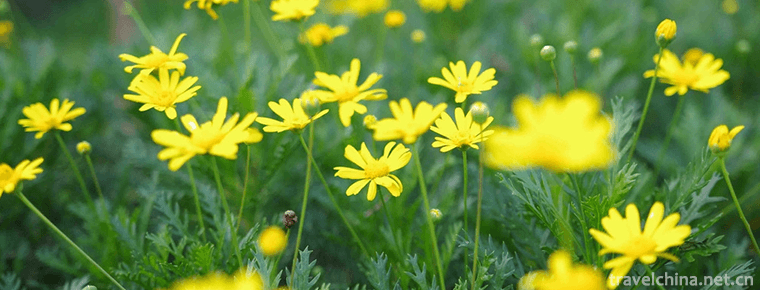
- By ChinaWiki.net
- Chinese Edition
- 2018-12-19
Shanghai Bay National Forest Park is located in the May 4th Farm of Haiwan Town, Fengxian District, Shanghai, 60 kilometers from the center of Shanghai. It is a large artificial urban ecological forest with forests as its main body, which integrates seedling production, leisure sightseeing, scientific research and popular science education.
Shanghai Gulf National Forest Park was built by Shanghai Century Forest Development Co., Ltd. and was established in 1999 by Guangming Food Group and Shanghai Chengdu Investment Corporation. In 2004, the State Forestry Administration officially named the project "Shanghai Gulf National Forest Park", and in 2005, the Shanghai Municipal Government formally approved the overall plan of the project.
Historical evolution
Shanghai Gulf National Forest Park was built by Shanghai Century Forest and was established in 1999 by Guangming Food Group and Shanghai Chengdu Investment Corporation.
From 2001 to 2004, the park was awarded Shanghai Advanced Greening Collective.
On December 3, 2004, the General Administration of Forestry of the People's Republic of China approved the establishment of "Shanghai Gulf National Forest Park".
In 2005, the Shanghai Municipal Government formally approved the overall plan of the project.
On April 28, 2010, the Park held the unveiling ceremony of "Expo Sightseeing Agricultural Park" and the formal opening ceremony of Shanghai Gulf National Forest Park.
In May 2011, the park became one of the popular science bases in Shanghai and a member of the Leisure Agriculture and Rural Tourism Branch of the China Tourism Association.
On August 23, 2011, the scenic area of Shanghai Gulf National Forest Park met the requirements of the national 4A-level tourist attractions standard, and was approved as the national 4A-level tourist attractions by the research and decision of the National Committee for the Quality Grading of tourist attractions.
In October 2011, the park won the title of "Shanghai Civilization Park".
In November 2011, the park won the national five-star title of leisure agriculture and rural tourism.
In November 2011, the park "Shanghai-style Museum Group Cultural Tourism Service" was recommended as "Brand Service" by Shanghai SME Brand Construction Promotion Committee in 2011.
geographical environment
Shanghai Gulf National Forest Park is located in the May 4th Farm of Haiwan Town, Fengxian District, Shanghai. It is 60 kilometers away from the center of Shanghai. Shanghai Gulf National Forest Park is adjacent to the new port city in the East and the Gulf Forest Park in the Hangzhou Bay in the south. It covers an area of 15983.5 mu. Among them, the garden area is 4500 mu and the water area is 85 hectares. It is divided into three parts: amusement area (including amusement park, forest karting car, forest horse racing, forest barbecue, etc.), water activity area (farm food, yacht wharf, Merlin Chunxiao, Tianwo Chazhuang, etc.), cultural and ornamental areas mainly include: Kunlun Stone House, Yingjiao Bonsai Garden, Yueyao Qing Porcelain Hall, Sihai Ceramic Art Hall, Yaxing Building Library, Wangjiagen Sculpture Hall, Furniture Hall, Tianwo Chazhuang, etc. Art Museum, Ruyao Museum, Dinosaur Museum, Shanggong Museum, etc.
Main attractions
White bird Lake
Baibi Lake, with an area of 580 mu, is the largest artificial lake in Shanghai. Every autumn, Baibi Lake almost becomes the "home" of egrets. At most, there are more than 1000 egrets coming and going along the waterfront. In addition, grey herons, ducks, hares and pheasants also live and play here.
Main entrance
The entrance was completed in June 2002, with the highest elevation of 9 meters and a total area of 60 mu. There are 35 kinds of trees planted, mainly camphor, cedar, bamboo, red-nursed chicken bamboo, creeping bamboo, slash pine, Chinese fir, Ligustrum lucidum and so on.
No.1 Landscape Forest
This landscape forest was planted in the spring of 2000 with an area of 580 mu. After four years of tree growth, the landscape forest has begun to take shape. As we walk into the forest, the forest breath comes to us, and the forest meteorology with rich layers, wild interest and rich species is presented in front of us. Spring is full of vitality; summer is full of shade like an umbrella; autumn and winter are full of trees. There are more than 60 species of trees and shrubs, including beech, Chinese tallow, Chongyang wood, camphor, maple poplar, sea tung, mosquito mother, ginkgo biloba, privet, Lechang Smile, Toona sinensis, Ailanthus sinensis and Pinus elliottii. Such a landscape can be formed in four years because of a good greening concept: planting with random and irregular planting method, implementing three-dimensional allocation of trees, shrubs and grasses, so as to achieve evergreen and deciduous, fast-growing and slow-growing tree species with appropriate mix, to achieve sustainable development of the function and benefit of landscape forest.
Bird Island
It is a semi-enclosed man-made island, only Yulanqiao, a population to the island, a total area of 86 mu. On Bird Island, a variety of bird-eating plants are planted to attract birds. Such as jujube, mulberry, loquat, fig, decadent, pyracantha, etc. These trees produce large amounts of fruit for birds in different seasons.
nursery
The nursery covers an area of 2,000 mu, 2.7 million nurseries and has more than 160 plant species. It is a large nursery base in Shanghai. The seedlings grow vigorously and vigorously in the base. Many tree species, such as Zingiber officinalis and Cinnamomum camphora, are rare and endangered in China. It can provide a large number of high-quality seedlings for other major greening projects in Shanghai and the century forest itself.
Development and construction
Shanghai Gulf National Forest Park has been built quietly since 1999. After eight years of elaborate construction, it has become the largest artificial "green lung" in Shanghai.
More than 3 million earthworks have been excavated, 185 mounds of orogens, 22.5 kilometers of Xinkai River and more than 21 hectares of water have been excavated, including a Baibi Lake with an area of 5.8 hectares. It is also the largest artificial lake in Shanghai.
Hundred Birds Lake covers an area of 580 mu. It was excavated by hand in 2002. The total earthwork was 800,000 square meters. The deepest elevation was 0.2 meters, and the deepest water level was 3.1 meters at high water level. According to the design, Baibi Lake needs to form an independent water system, so there are sluices around it to control the water level. The highest water level can be controlled to 3.3 meters. At this time, water-resistant trees such as Cedar sinensis and Taxodium ascendens are immersed in water to form aquatic forests. In the near future, water tools such as boats and yachts will be used, so a terminal and yacht distribution area will be built on the east side of Baibi Lake. At the same time, an artificial beach was built to the north of the wharf. Bird Island Trees were planted on the island in October 2002.
The first phase of the park covers an area of 4500 mu, which is divided into recreational area, water activity area, cultural and ornamental area, and Holiday Conference area. The recreation area has built amusement park, forest karting car, forest horse racing, forest barbecue and other projects; while the aquatic activity area makes full use of more than 1000 mu of water surface to make all kinds of pleasure boats traveling straight up to 7 kilometers; in the cultural and ornamental area, bonsai gardens with Shanghai style characteristics have been built; and supporting facilities such as meals, intra-park transportation, communication, parking and monitoring for tourists are also basic. Built.
Transport line
Self driving
1. Urban - S4-G1501 Wahong Highway Exit - Wahong Highway - Suitanghe Road - Gulf National Forest Park.
2. Urban - S20 - S2 Xinsiping Highway Exit - May 4th Highway / May 4th Branch Road - Suitanghe Road - Gulf National Forest Park.
3. Urban - Puxing Highway - Pingzhuang Highway - Hongzhu Highway - Suitanghe Road - Gulf National Forest Park.
transit
1. Rail Transit Line 2, Longyang Road Station, exit 2, transfer from Longpinglu Line to Wusi Farm Station, transfer to Bay Line 3 and Bay Forest Station.
2. Under the Aerospace Museum of Line 8 of Rail Transit, you can change the sea route to Xinghuo Farm Station, transfer to Bay Line 3 and Bay Forest Station.
3. From Nanmei Line to Nanqiao Station, transfer to Nanxing Line to Xinghuo Farm Station, transfer to Bay Line 3 and Bay Forest Station.
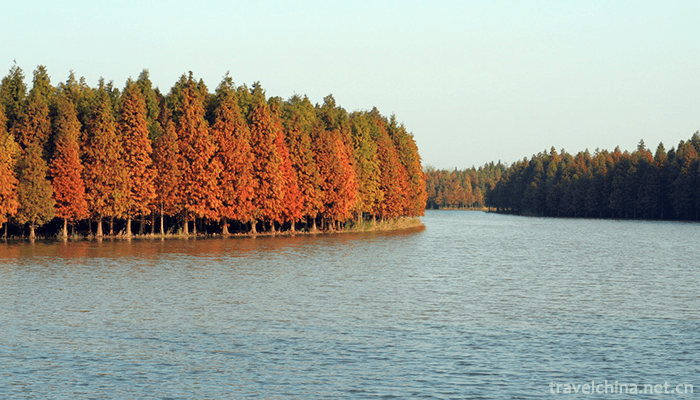
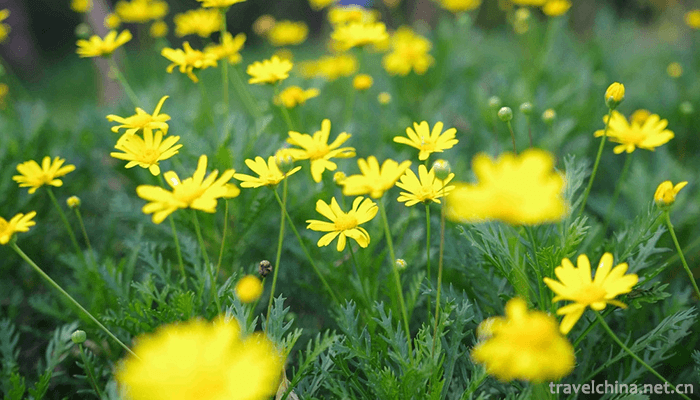
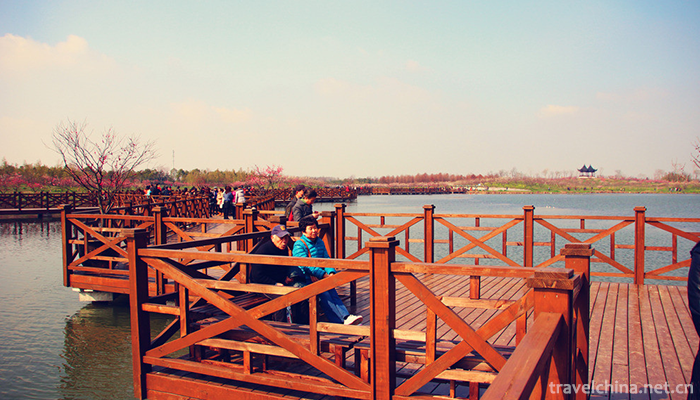
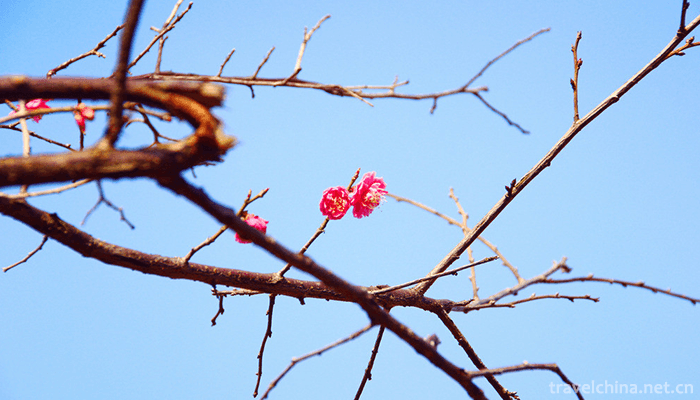
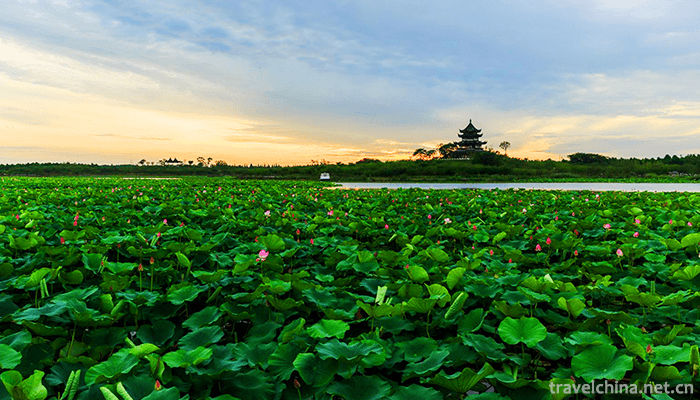
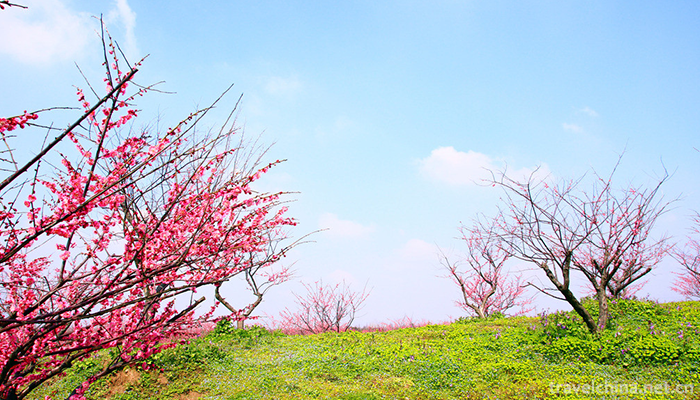
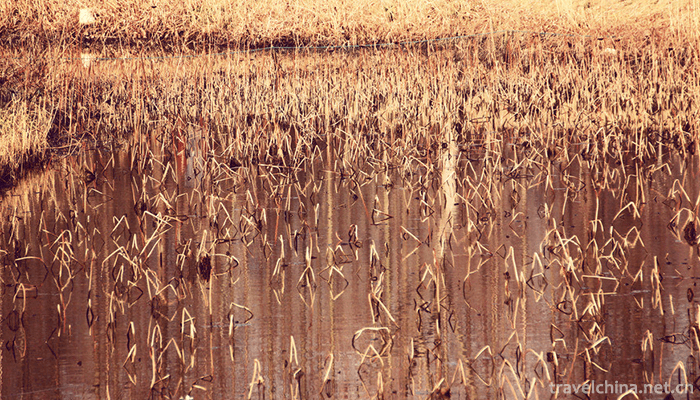
Ask a Question
Your email address will not be published.
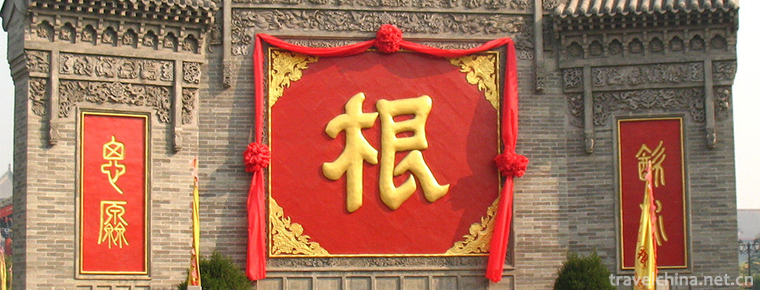
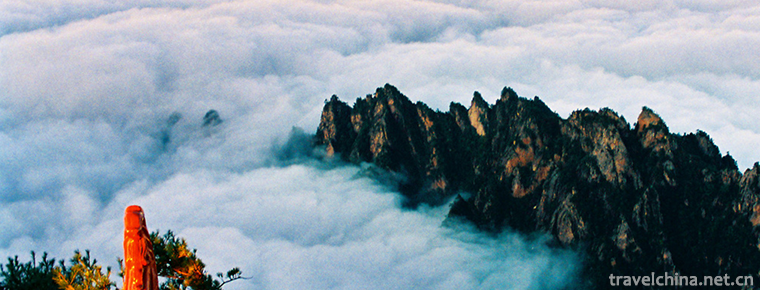
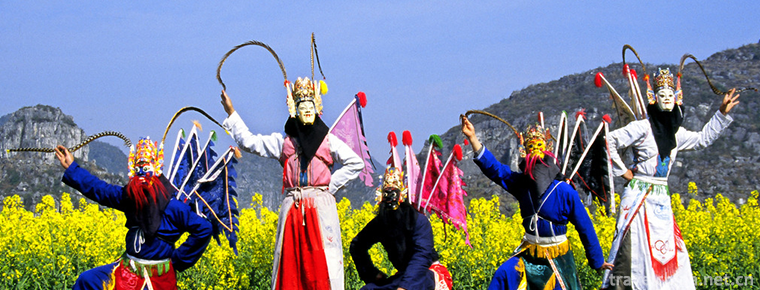
0 Questions